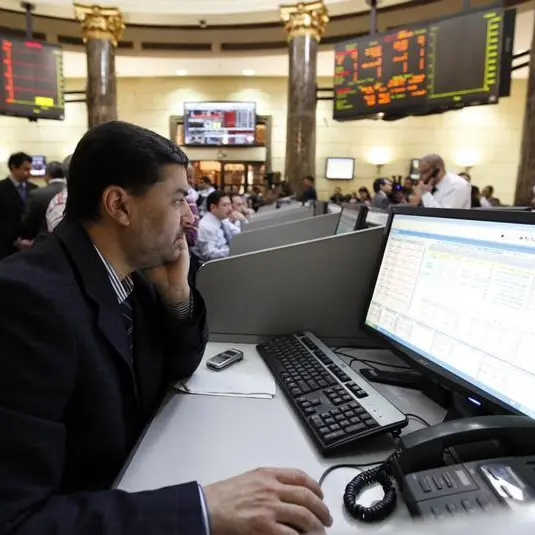PHOTO
Eonomic growth in the UAE is expected to trend higher in 2019-2021, led mainly by ongoing gains in non-oil sector activity and by a pick-up in the oil economy, analysts at the National Bank of Kuwait said.
A research published by the NBK foresees real GDP growth of the UAE edging up from 2.2 per cent in 2018 to around 3.0 per cent in 2021.
"While the UAE could be affected by trade tensions, slowdown in global economic growth, and oil price movements, the recently announced growth-enhancing structural reforms are likely to temper these risks and support growth going forward," the bank's analysts said.
"Accommodative monetary policy, supported by the low global interest rate environment, improved public finances, policy-making agility and pro-investment reforms will provide impetus for stronger economic performance," NBK Group Chief Economist, Dr. Saade Chami said.
Economic growth and public finances across the GCC and Egypt improved in 2018 amid higher oil prices, infrastructure development, diversification programs and fiscal reform. According to research, solid growth is expected in the coming period, while sensitivity to oil prices remains a significant downside risk to the GCC. Egypt has seen significant progress on the macroeconomic front, but deep structural reforms are needed to enhance private sector role in the economy and spur growth.
Dr. Chami said the GCC non-oil economy has seen general improvements. Higher energy prices, expansive public investments and private sector stimulus programs have spearheaded output gains. "Looking forward, across the region governments will need to strike a balance between the need for fiscal sustainability and boosting non-oil private sector growth."
"Global macroeconomic forces including lower oil demand and possibly lower oil prices as a result of trade disputes, are likely to have an adverse impact on the region, an impact that could partially be compensated by the expected reduction in US interest rates and consequently in most GCC countries. Further efforts towards diversification and continued progress in fiscal, private sector and regulatory reforms will be needed in the medium term," said Dr Chami.
In Kuwait, economic growth will remain steady in the 1-3% per cent range over 2019-21, capped by oil sector growth as a result of the recently extended Opec+ agreement. With accommodative monetary policy and expected increase in public spending, non-oil growth will rise gradually to 2.8 per cent by 2021, the bank's research said.
"Kuwait's fiscal balance might register its first surplus in four years, a result of higher oil prices and lower spending. The country's substantial financial buffers provide a cushion against adverse shocks. However, with expected widening of budget deficits, fiscal reforms will be necessary to reduce pressure on the General Reserves Fund. Boosting private sector growth is critical for creating jobs for the increasing number of Kuwaitis entering the labor force," Dr. Chami said.
Saudi Arabia's economy is into its second year of recovery after contracting in 2017. Driven by record government spending that aims to develop and stimulate the private sector, create jobs, cushion subsidy cuts and diversify the economy, non-oil activity is expected to accelerate from two per cent in 2018 to 3.2 per cent in 2021.
"Oil sector activity will remain subdued as Saudi Arabia is leading efforts to manage OPEC oil supply. Public finances are improving thanks to higher tax revenues, but the deficit will continue to weigh on public debt. Risks to the outlook stem from continued sensitivity to oil prices, slow diversification, and limited private sector employment growth." Dr. Chami added.













